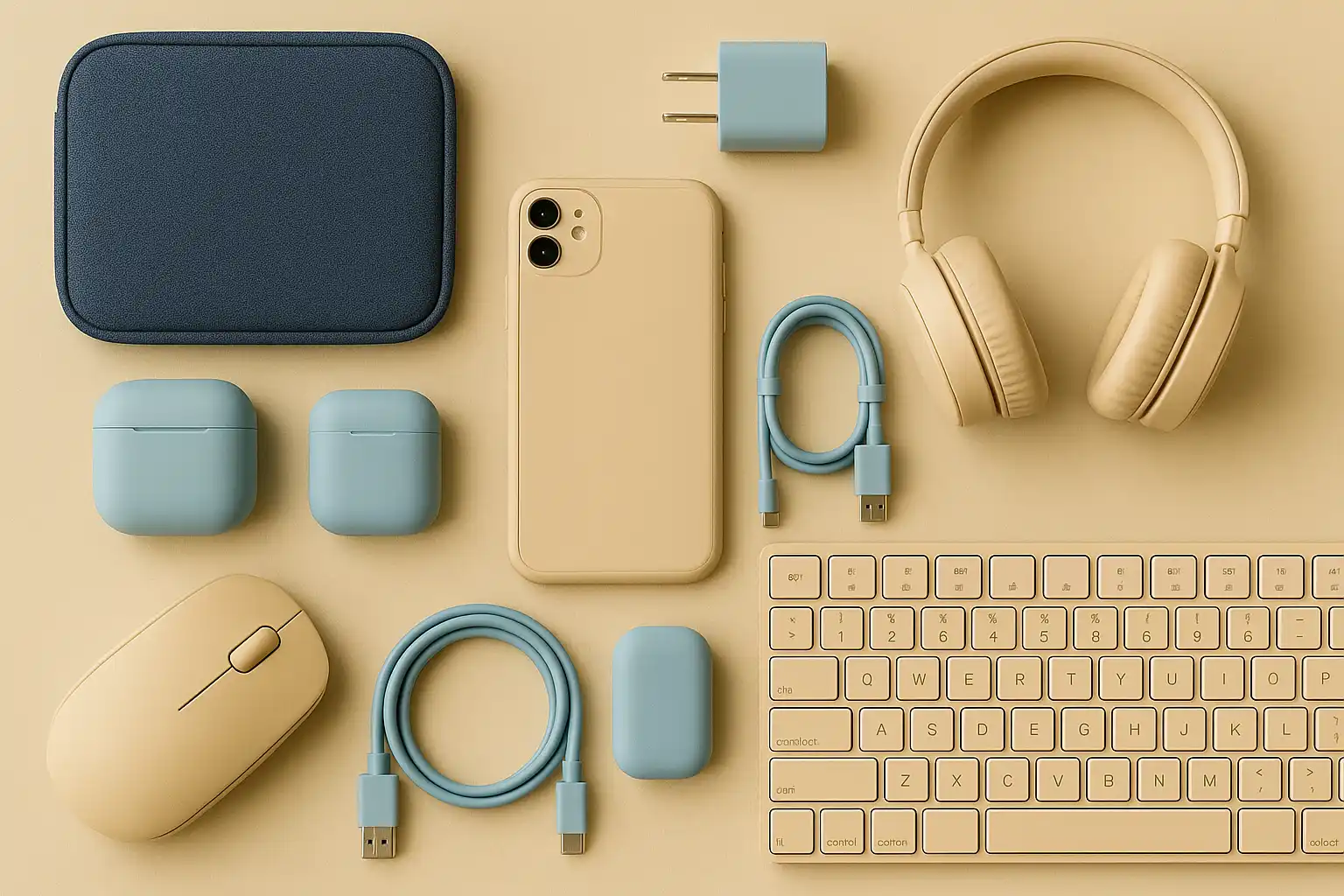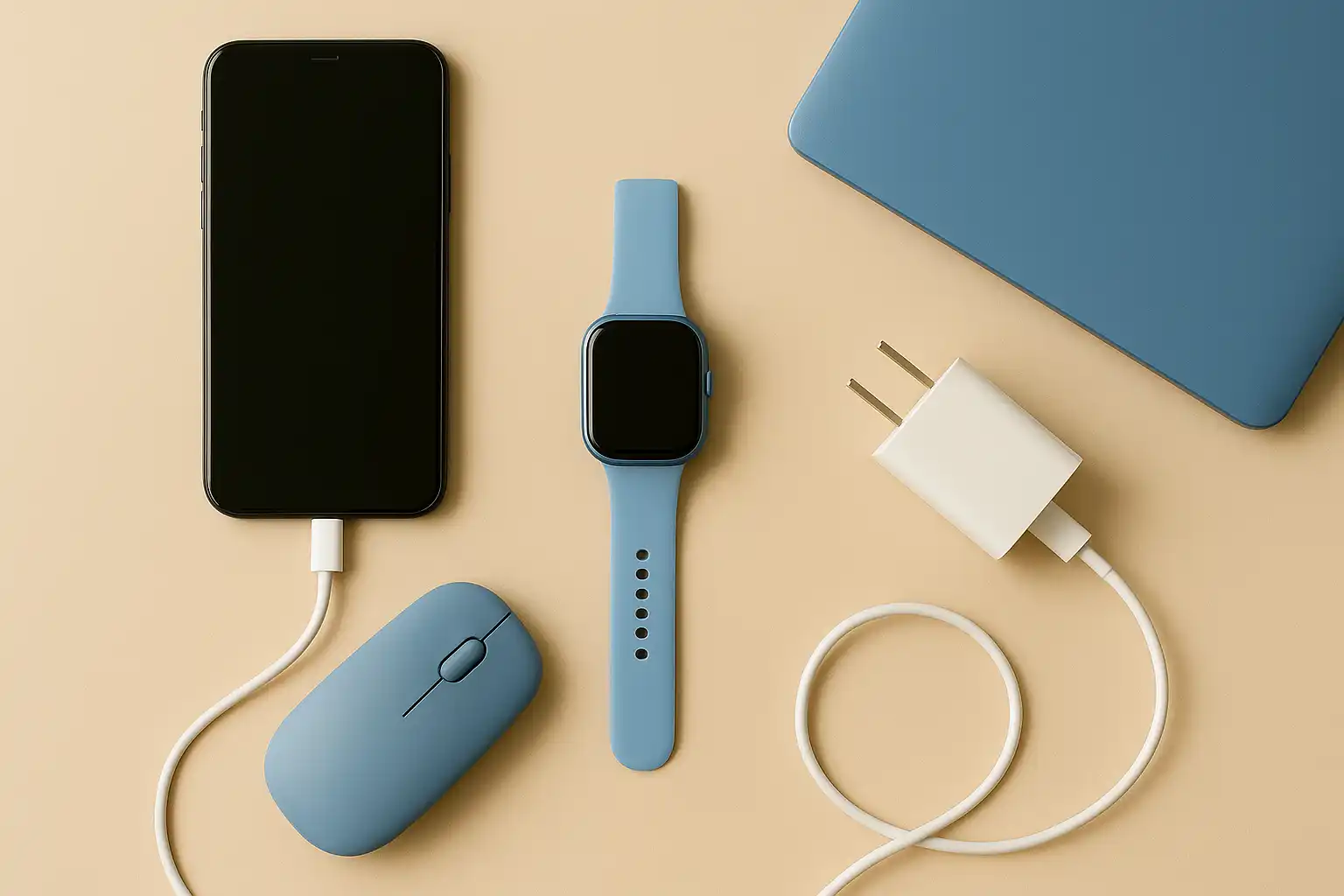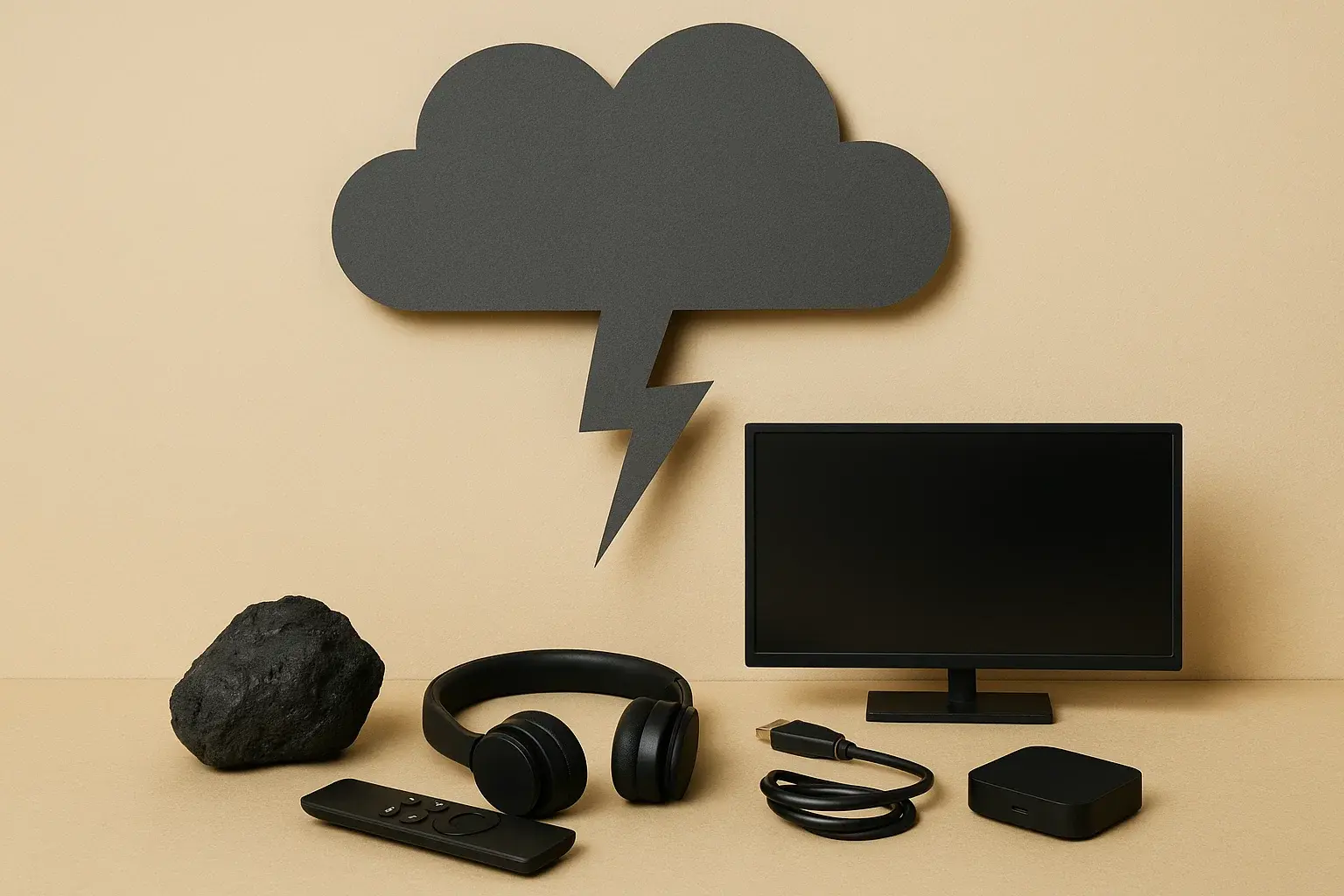Untangling the Waste: Reducing the Environmental Impact of Discarded Tech Accessories

In our increasingly connected lives, the proliferation of electronic devices is often accompanied by an equally abundant collection of accessories: charging cables, power adapters, headphones, and various other peripherals. Each new smartphone, tablet, or wearable seems to arrive with its own set of bundled accessories, often leading to a drawer overflowing with duplicate or rarely used items. This seemingly innocuous accumulation contributes significantly to the growing problem of electronic waste, or e-waste, and represents a considerable waste of resources and energy. The materials used in these accessories, often a mix of plastics, metals, and complex circuitry, carry their own environmental footprint, from extraction and manufacturing to eventual disposal.
The issue of discarded tech accessories often flies under the radar compared to the disposal of entire devices. However, the sheer volume of these smaller items, multiplied by billions of consumers worldwide, creates a substantial environmental burden. These accessories, even when seemingly simple, contribute to the depletion of finite resources, consume energy during their production, and can leach harmful substances into the environment when improperly discarded. The short lifespan of some accessories, often outlasting the devices they were intended for, further exacerbates this problem, leading to a constant cycle of acquisition and disposal.
Fortunately, there are practical and readily implementable strategies we can adopt to reduce the unnecessary waste generated by discarded tech accessories. By embracing the principles of sharing, opting for universal compatibility, and establishing centralized accessory stations, we can minimize the redundancy of these items, conserve valuable resources, and contribute to a more sustainable and less cluttered digital lifestyle. This shift towards mindful accessory management not only benefits the environment but can also simplify our own lives, making it easier to find the right cable or charger when we need it.
The Wasteful World of Bundled Accessories
The common practice of bundling new devices with their own set of accessories, while seemingly convenient at the time of purchase, often contributes to the problem of accessory redundancy. Consumers who have upgraded from a previous device likely already possess functional charging cables and power adapters. The inclusion of yet another set with the new device leads to an accumulation of duplicates that may never be used. This oversupply of accessories not only clutters our homes but also represents a significant waste of manufacturing resources. The environmental impact of producing these additional cables and chargers, even if they remain unused, is a tangible and unnecessary burden on the planet.
Practical Alternatives for Reducing Accessory Waste
To combat the tide of discarded tech accessories, we can adopt several straightforward yet effective strategies:
Cable Sharing: A Simple Act of Resourcefulness
One of the easiest ways to reduce the need for multiple charging cables is to embrace the practice of cable sharing. Identify the devices in your household that utilize the same type of charging cable (e.g., USB-C, micro-USB, Lightning). Instead of having a dedicated cable plugged in at every charging point, consider using a single, high-quality cable that can be easily moved between devices as needed. This simple act of resourcefulness can significantly reduce the number of cables you need and, consequently, the potential for unused duplicates to end up as waste. Investing in a slightly longer, durable cable can enhance the convenience of sharing across different locations.
Universal Chargers: Streamlining Power Delivery
Another effective approach is to invest in universal chargers. These versatile power adapters are designed to charge a wide range of devices, often featuring multiple ports and supporting various charging protocols. By using a single universal charger, you can eliminate the need for numerous proprietary power adapters that come bundled with individual devices. Companies like Anker, Baseus, and Belkin offer a variety of high-quality universal chargers that can power everything from smartphones and tablets to laptops and other USB-powered gadgets. Choosing a charger with multiple ports allows you to charge several devices simultaneously from a single outlet, further reducing clutter and energy consumption. Opting for durable and reputable brands ensures the longevity of your universal charger, minimizing the need for replacements.
Bulk Accessory Stations: Centralizing and Organizing
Creating bulk accessory stations in your home or office can also help to reduce waste and improve organization. Designate a specific area, such as a drawer or a small container, to store all your charging cables, adapters, and other accessories. This centralized system makes it easy to find the accessory you need when you need it, reducing the likelihood of purchasing a new one simply because you can't locate the existing one. Encourage family members or colleagues to utilize the accessory station, promoting sharing and reducing the accumulation of duplicates. Clearly labeling cables and adapters can further enhance the usability of a bulk accessory station.
The Broader Impact of Mindful Accessory Management
By consciously adopting these strategies for managing our tech accessories, we can collectively reduce the demand for new production, conserve valuable resources, and minimize the amount of e-waste generated by discarded cables and chargers. This seemingly small shift in our habits contributes to a more sustainable and less cluttered digital ecosystem. Furthermore, it encourages a more mindful approach to our consumption of technology and its accompanying paraphernalia, prompting us to consider the environmental impact of even the smallest components of our digital lives. Embracing cable sharing, utilizing universal chargers, and establishing bulk accessory stations are tangible steps we can take towards a more resource-efficient and less wasteful relationship with our ever-growing collection of tech gadgets.
Related Blogs

Neutralizing Your Tech Footprint: Choosing Carbon-Neutral Tech Purchases
Support climate action by opting for carbon-neutral certified tech and offset programs.

The Silent Energy Thief: Cutting Down Idle Device Usage for a Sustainable Digital Footprint
Improve energy efficiency and extend device life by implementing power-saving settings.

The Unseen Gigabytes: Cutting Your Streaming Carbon Footprint
Reduce your digital carbon footprint by adjusting streaming quality and habits.

Swipe Right on Sustainability: How Digital Decluttering Cultivates a Greener Lifestyle
Insights on digital decluttering for a greener lifestyle in a sustainable way.

Decoding Disposal: Your Essential Guide to Responsibly Recycling E-Waste
Insights on the rise of ethical tech in a sustainable way.

Surfing Sustainably: Unveiling the World of Eco-Friendly Browsing
Insights on eco-friendly browsing in a sustainable way.
Stay in the Loop
Get tips and insights tailored to your interests — no spam, just sustainability.